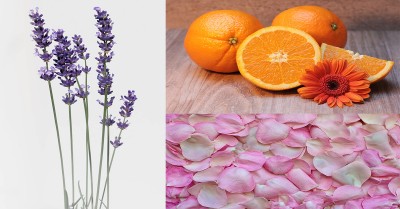Three different playdough recipes which will help children to calm down as they manipulate it.
Lavender Playdough
Materials Needed:
- 1.5 cups of flour
- 6 T of salt
- 3 T of cream of tartar
- 2 T of oil
- 1.5 cups of water
- dried lavender flowers (optional but provides texture)
- 10 drops of lavender essential oil
- purple food colouring (a few drops)
What to do:
- Mix the above ingredients together in a pan and cook on low heat until it forms a non-sticky dough.
- Remove from pan and, let it warm before giving to the children to manipulate.
Rose Playdough
Materials Needed:
- 1.5 cups of flour
- 6 T of salt
- 3 T of cream of tartar
- 2 T of oil
- 1.5 cups of water
- rose petals {dried ones keep better in the dough}
- 10-15 drops of rose essential oil
- pink or red food colouring (few drops)
What to do:
- Mix the above ingredients together in a pan and cook on low heat until it forms a non-sticky dough.
- Remove from pan and, let it warm before giving to the children to manipulate.
Citrus (Orange) Playdough
- 1.5 cups of flour
- 6 T of salt
- 3 T of cream of tartar
- 2 T of oil
- 1.5 cups of water
- zest of one orange and one grapefruit
- 10 drops of orange essential oil
- orange food colouring (few drops)
What to do:
- Mix the above ingredients together in a pan and cook on low heat until it forms a non-sticky dough.
- Remove from pan and, let it warm before giving to the children to manipulate.
Hints and Tips:
- Experiment with other ingredients which can be added to playdough such as mint, vanilla peppermint, cinnamon etc.
- Store in Tupperware so it stays nice and squishy.
Reference:
"Super Calming Playdough", Playdough to Plato, May 7 2015
